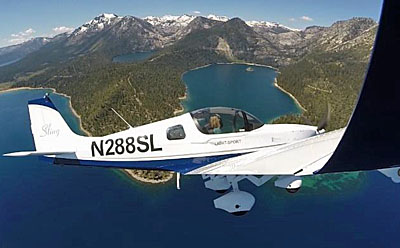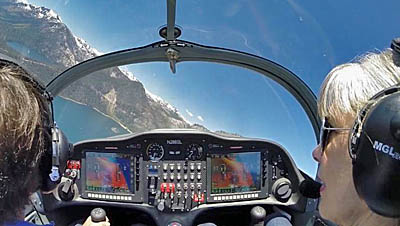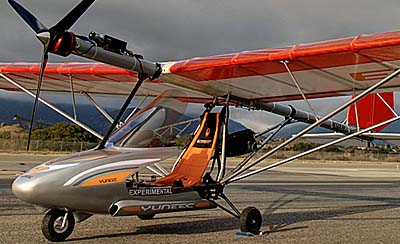
I’m always impressed with good turns of phrase and cleverly-worded presentations. Given that I am a writer, I suppose that doesn’t surprise you. However, I am even more impressed when someone can present a concept in such clear language that everyone gets it right away. Following is such a story. My longtime friend and fellow board member, Tom Peghiny, participated in our annual Light Aircraft Manufacturers Association board of directors meeting at EAA AirVenture Oshkosh, where EAA kindly provides a quiet, air-conditioned space for our group to meet. LAMA has four initiatives that the association is pursuing*. One of them is trying to break the logjam of electric propulsion In an FAA-organized gathering on this and other subjects at AirVenture 2014, industry experts observed that FAA never intended to block electric power. Agency rulewriters were intent on preventing use of turbine engines on LSA so the regulation specifies reciprocating engines only, effectively blocking electric power even if doing so was never the goal.


 My longtime friend and fellow board member, Tom Peghiny, participated in our annual Light Aircraft Manufacturers Association board of directors meeting at EAA AirVenture Oshkosh, where EAA kindly provides a quiet, air-conditioned space for our group to meet.
My longtime friend and fellow board member, Tom Peghiny, participated in our annual Light Aircraft Manufacturers Association board of directors meeting at EAA AirVenture Oshkosh, where EAA kindly provides a quiet, air-conditioned space for our group to meet.
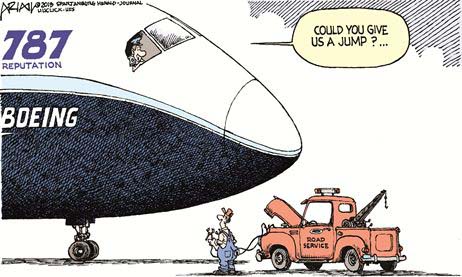 Since the SP/LSA rule was released in 2004, lithium batteries have grabbed the attention of FAA officials in a very powerful way. The fires onboard Boeing's 787 Dreamliner made news all around the world after FAA had given their approval to the new design.
Today, any talk of advancing electric propulsion on the lightest-of-all aircraft where the technology is currently quite viable brings an immediate response about lithium battery fires. The danger of an onboard fire is so scary that some authorities seem unable to see a solution beyond the hazard.
As board members discussed how to move the needle on LAMA's electric propulsion initiative, board member Tom proposed a scenario that soon had everyone in the board meeting either laughing out loud or smiling broadly. He supposed ... "Imagine if all airplanes were currently powered by electric motors and someone came along with a great new idea to power airplanes with gasoline."
Since the SP/LSA rule was released in 2004, lithium batteries have grabbed the attention of FAA officials in a very powerful way. The fires onboard Boeing's 787 Dreamliner made news all around the world after FAA had given their approval to the new design.
Today, any talk of advancing electric propulsion on the lightest-of-all aircraft where the technology is currently quite viable brings an immediate response about lithium battery fires. The danger of an onboard fire is so scary that some authorities seem unable to see a solution beyond the hazard.
As board members discussed how to move the needle on LAMA's electric propulsion initiative, board member Tom proposed a scenario that soon had everyone in the board meeting either laughing out loud or smiling broadly. He supposed ... "Imagine if all airplanes were currently powered by electric motors and someone came along with a great new idea to power airplanes with gasoline."
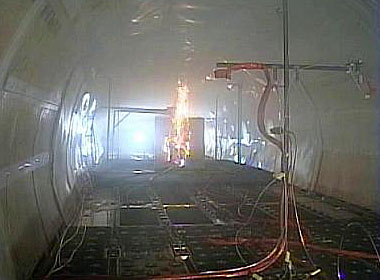 Perhaps it would be best if I present Tom's hilarious lines using an imaginary dialogue between an inventor and FAA officials.
INVENTOR: "FAA, I have an idea. I think we might be able to power airplanes with a fluid. It might prove to be very efficient."
FAA: "Oh, what's that? We have to be very careful with new ideas, you know."
INVENTOR: "We'll it's an explosive liquid ... really packs a punch. It could keep aircraft aloft for hours at a time."
FAA: "Explosive! Oh, we don't like the sound of that very much."
INVENTOR: "No, really. This stuff, called gasoline, has a very high energy density, is compact, can be easily loaded onto the aircraft, doesn't cost too much for the energy it delivers ..."
Perhaps it would be best if I present Tom's hilarious lines using an imaginary dialogue between an inventor and FAA officials.
INVENTOR: "FAA, I have an idea. I think we might be able to power airplanes with a fluid. It might prove to be very efficient."
FAA: "Oh, what's that? We have to be very careful with new ideas, you know."
INVENTOR: "We'll it's an explosive liquid ... really packs a punch. It could keep aircraft aloft for hours at a time."
FAA: "Explosive! Oh, we don't like the sound of that very much."
INVENTOR: "No, really. This stuff, called gasoline, has a very high energy density, is compact, can be easily loaded onto the aircraft, doesn't cost too much for the energy it delivers ..."
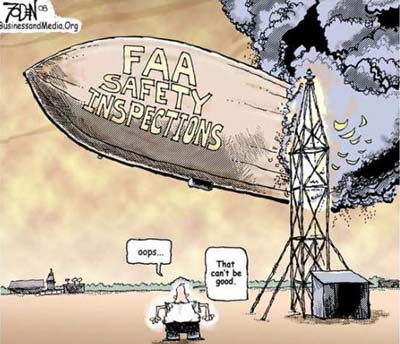 FAA: "Don't try to snow us with all that technobabble. You said 'explosive,' didn't you? We're still trying to wrap our minds around that."
INVENTOR: "Oh, it can be done without much danger. We'll put the fuel in the wings. We'll put a firewall between the engine and the occupants. Fuel lines will be carefully routed around the cockpit."
FAA: "You mean you want to pump an explosive liquid near the occupants, put it into an engine compartment forward of the cockpit, make a spark many times per second, and explode this stuff in cylinders!?"
INVENTOR: "Yeah, I think it can work really well. This gasoline stuff ... sure it's highly flammable, but we can handle it safely."
FAA: "Flammable! Explosive! Sparks to ignite it! All with the occupants downwind of this stuff!?"
INVENTOR: "Yeah, FAA. This gasoline thing is gonna be big. We might even use it automobiles, in lawn mowers, and in children's toys."
FAA: "Hold on, wait a minute, stop right now. I can't see us approving such an energy source for perhaps years. This sounds crazy. Who would possibly think carrying around hundreds of pounds of explosive liquid in a three dimensional environment could be safe. We're going to have to examine this very carefully. It could take decades."
INVENTOR: "Oh, man. I don't think I can stay in business that long.
FAA: "Yeah, well, we have reliable electric-powered airplanes today. We honestly don't know what you are thinking with this half-baked idea to carry gasoline in airplanes. Plus, we're obliged to alert the automobile, lawn mower, and children's toy regulators since you mentioned those products as well.
FAA: (walking away muttering under their breath...) "What on earth will these crackpots come up with next. Really, gasoline on airplanes. That's just nuts. We better form a new department to confront this possibility. What if Mr. Inventor is right and this gasoline-on-airplanes idea should take off. Crazy ..."
INVENTOR: (sighing deeply...) "Dang it! I thought this was such a great idea, but man, convincing these government folks is going to be tough. Whew! Better join LAMA and see if they can help."
OK, that last sentence is tongue-in-cheek, but that's the story. Hope you liked it. I'm still smiling from Tom's sharp-as-a-pin humor. Thanks, Tom!
• LAMA's four initiatives are: (1) aerial work for LSA; (2) fully-built, SLSA gyroplanes; (3) electric propulsion; and, (4) simplifying the LODA process for training in sub-87 knot airplanes.
FAA: "Don't try to snow us with all that technobabble. You said 'explosive,' didn't you? We're still trying to wrap our minds around that."
INVENTOR: "Oh, it can be done without much danger. We'll put the fuel in the wings. We'll put a firewall between the engine and the occupants. Fuel lines will be carefully routed around the cockpit."
FAA: "You mean you want to pump an explosive liquid near the occupants, put it into an engine compartment forward of the cockpit, make a spark many times per second, and explode this stuff in cylinders!?"
INVENTOR: "Yeah, I think it can work really well. This gasoline stuff ... sure it's highly flammable, but we can handle it safely."
FAA: "Flammable! Explosive! Sparks to ignite it! All with the occupants downwind of this stuff!?"
INVENTOR: "Yeah, FAA. This gasoline thing is gonna be big. We might even use it automobiles, in lawn mowers, and in children's toys."
FAA: "Hold on, wait a minute, stop right now. I can't see us approving such an energy source for perhaps years. This sounds crazy. Who would possibly think carrying around hundreds of pounds of explosive liquid in a three dimensional environment could be safe. We're going to have to examine this very carefully. It could take decades."
INVENTOR: "Oh, man. I don't think I can stay in business that long.
FAA: "Yeah, well, we have reliable electric-powered airplanes today. We honestly don't know what you are thinking with this half-baked idea to carry gasoline in airplanes. Plus, we're obliged to alert the automobile, lawn mower, and children's toy regulators since you mentioned those products as well.
FAA: (walking away muttering under their breath...) "What on earth will these crackpots come up with next. Really, gasoline on airplanes. That's just nuts. We better form a new department to confront this possibility. What if Mr. Inventor is right and this gasoline-on-airplanes idea should take off. Crazy ..."
INVENTOR: (sighing deeply...) "Dang it! I thought this was such a great idea, but man, convincing these government folks is going to be tough. Whew! Better join LAMA and see if they can help."
OK, that last sentence is tongue-in-cheek, but that's the story. Hope you liked it. I'm still smiling from Tom's sharp-as-a-pin humor. Thanks, Tom!
• LAMA's four initiatives are: (1) aerial work for LSA; (2) fully-built, SLSA gyroplanes; (3) electric propulsion; and, (4) simplifying the LODA process for training in sub-87 knot airplanes.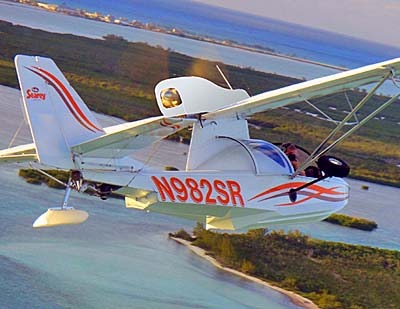

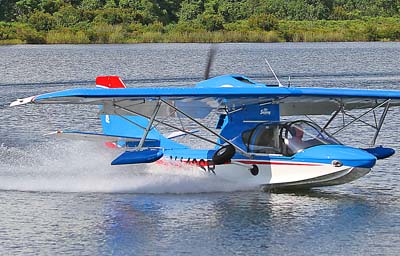
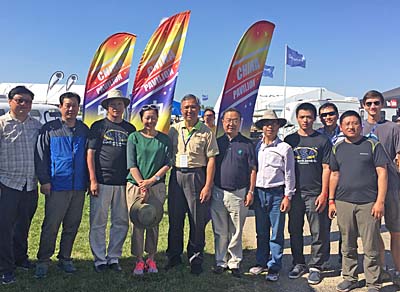


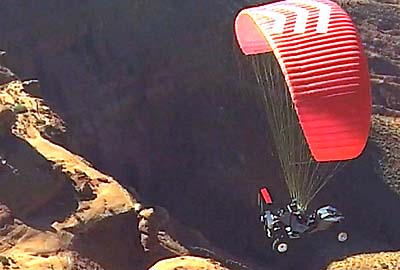
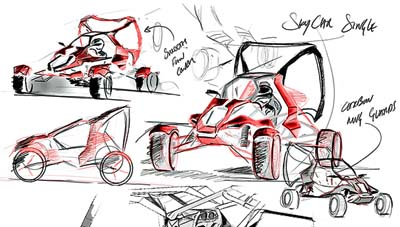
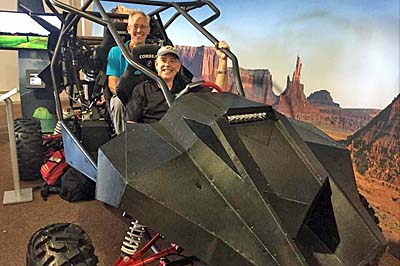
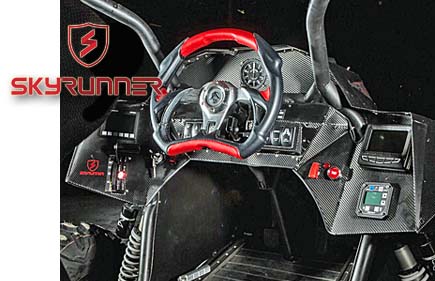

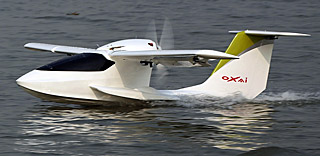

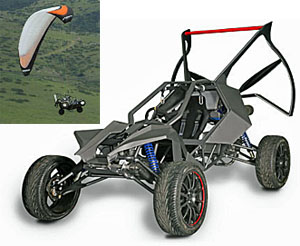

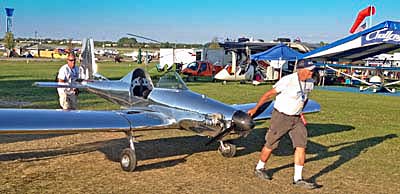 The big summer celebration of flight has ended. I have more info from AirVenture 2015 and next I plan a summary article. A preview includes the most positive prognosis from industry players I have seen in recent years; strong sales reported by several producers; several interesting developments or benchmarks; and a wonderful week of weather as icing on the cake. My video partner and I put in long days to secure perhaps 30 or more new videos including many on the freshest topics in light aviation. Stay tuned for more and
The big summer celebration of flight has ended. I have more info from AirVenture 2015 and next I plan a summary article. A preview includes the most positive prognosis from industry players I have seen in recent years; strong sales reported by several producers; several interesting developments or benchmarks; and a wonderful week of weather as icing on the cake. My video partner and I put in long days to secure perhaps 30 or more new videos including many on the freshest topics in light aviation. Stay tuned for more and 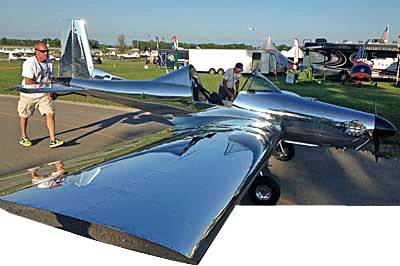 The gleaming example in the nearby photos was built by Steve Cole from Indianapolis over a three year and eight month period, from plans. It meets all the Part 103 parameters — empty weight of 254 pounds; 5 gallons of fuel; 55-knot (63 mph) cruise; 24-knot stall — yet can climb enthusiastically at 1,000 fpm using its half-VW 45-horsepower engine from Scott Casler. The four stroke powerplant burns only 1.7 gallons an hour.
For those a bit less ambitious or skilled than Steve, kits are also available — see next — and all models boast truly affordable prices. You may not be able to make yours look like Scott's UltraCruiser, but certainly here is a line of airplanes for those on tighter budgets, and isn't she a pretty thing that still requires no pilot license, no medical, no N-numbers, and a very simple set of rules that fit on a single sheet of paper.
UltraCruiser is a Part 103 legal all-metal ultralight, although the company notes that the trigear version will be too heavy to qualify as a 103 as is a model with a full canopy.
"UltraCruiser is an easy to build and even easier to fly aircraft," stated Hummel Aviation. The design can be built straight from plans up to, and including a full kit. The kit includes predrilled laser cut components. All parts are formed or welded for you. Wheels, tires, brakes, harness, and even the seat cushion is included. The kit is very complete. Everything is included to complete the aircraft less the engine, prop, spinner, and instruments.
"The complete set of plans contains 26 large drawings with all bulkheads, wing ribs and skins [depicted in actual, full] size. A 30-page step by step manual is very complete. Only simple shop tools are required," said company owner Terry Hallett.
The gleaming example in the nearby photos was built by Steve Cole from Indianapolis over a three year and eight month period, from plans. It meets all the Part 103 parameters — empty weight of 254 pounds; 5 gallons of fuel; 55-knot (63 mph) cruise; 24-knot stall — yet can climb enthusiastically at 1,000 fpm using its half-VW 45-horsepower engine from Scott Casler. The four stroke powerplant burns only 1.7 gallons an hour.
For those a bit less ambitious or skilled than Steve, kits are also available — see next — and all models boast truly affordable prices. You may not be able to make yours look like Scott's UltraCruiser, but certainly here is a line of airplanes for those on tighter budgets, and isn't she a pretty thing that still requires no pilot license, no medical, no N-numbers, and a very simple set of rules that fit on a single sheet of paper.
UltraCruiser is a Part 103 legal all-metal ultralight, although the company notes that the trigear version will be too heavy to qualify as a 103 as is a model with a full canopy.
"UltraCruiser is an easy to build and even easier to fly aircraft," stated Hummel Aviation. The design can be built straight from plans up to, and including a full kit. The kit includes predrilled laser cut components. All parts are formed or welded for you. Wheels, tires, brakes, harness, and even the seat cushion is included. The kit is very complete. Everything is included to complete the aircraft less the engine, prop, spinner, and instruments.
"The complete set of plans contains 26 large drawings with all bulkheads, wing ribs and skins [depicted in actual, full] size. A 30-page step by step manual is very complete. Only simple shop tools are required," said company owner Terry Hallett.
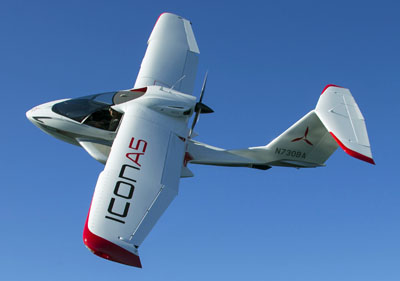 As AirVenture 2015 drew to a close, Friday was the day I got to fly the A5 from
As AirVenture 2015 drew to a close, Friday was the day I got to fly the A5 from 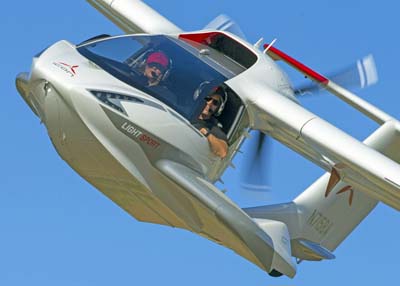 Two of us flew A5 in 12 gusting 22 mph wind conditions and lake water with one to one and a half foot swells. As CEO Kirk Hawkins put it on my return, "not all light seaplanes could handle that." A5 did very well in those rowdier circumstances. I certainly did not fly the plane in smooth summer breezes and a gently rippled water surface.
On whole, I found A5 very docile to fly. We did the Icon spectacle of pitching into a stall, holding the stick full aft (literally pulled all the way rearward) and moving the stick briskly from left to right without any upset of the airplane. Even when power was moved to idle thrust and we repeated the maneuver with 30 degrees of flaps, A5 merely set up about a 900 fpm descent rate. Taking that to the water with zero corrective action would result in a very firm but survivable landing, I believe. Given all A5s sold in the USA will also have an airframe parachute, safety has been carefully approached.
Like most seaplanes, speed is not paramount in A5 with cruise from 85-95 knots (100-110 mph) according a top Icon test pilot. Banking sharply and gracefully is easy in A5. We did 60+ degree banks only a few hundred feet off the water in complete confidence. She feels very solid and Icon's intuitive Angle of Attack indicator — the best execution I've seen — is a good guide to the limits when executing such steep turns. We commonly cruised around at 70 knots with 4500 rpm from the
Two of us flew A5 in 12 gusting 22 mph wind conditions and lake water with one to one and a half foot swells. As CEO Kirk Hawkins put it on my return, "not all light seaplanes could handle that." A5 did very well in those rowdier circumstances. I certainly did not fly the plane in smooth summer breezes and a gently rippled water surface.
On whole, I found A5 very docile to fly. We did the Icon spectacle of pitching into a stall, holding the stick full aft (literally pulled all the way rearward) and moving the stick briskly from left to right without any upset of the airplane. Even when power was moved to idle thrust and we repeated the maneuver with 30 degrees of flaps, A5 merely set up about a 900 fpm descent rate. Taking that to the water with zero corrective action would result in a very firm but survivable landing, I believe. Given all A5s sold in the USA will also have an airframe parachute, safety has been carefully approached.
Like most seaplanes, speed is not paramount in A5 with cruise from 85-95 knots (100-110 mph) according a top Icon test pilot. Banking sharply and gracefully is easy in A5. We did 60+ degree banks only a few hundred feet off the water in complete confidence. She feels very solid and Icon's intuitive Angle of Attack indicator — the best execution I've seen — is a good guide to the limits when executing such steep turns. We commonly cruised around at 70 knots with 4500 rpm from the 

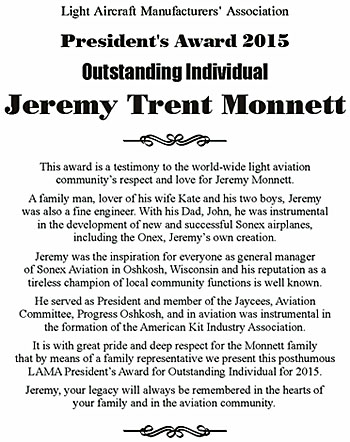

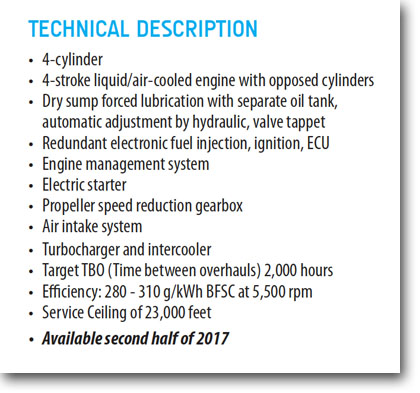

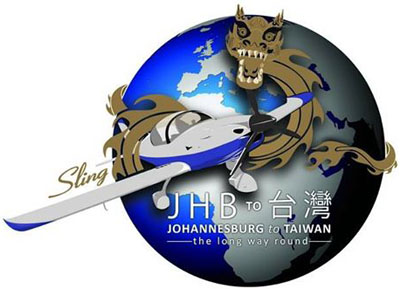
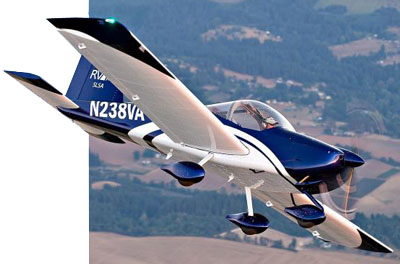
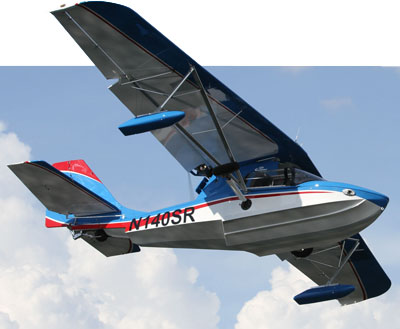


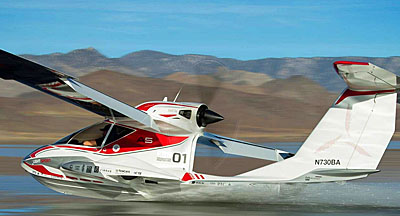
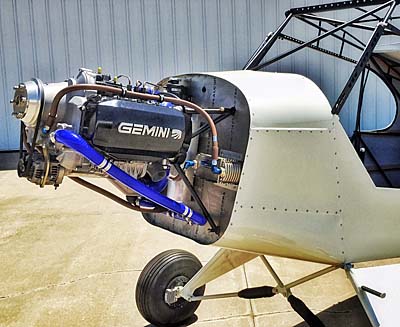


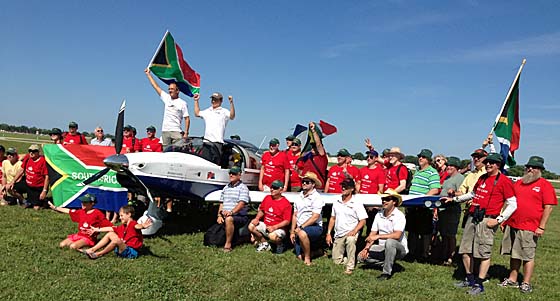
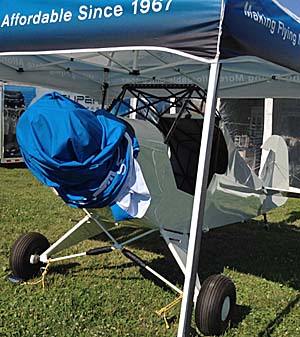

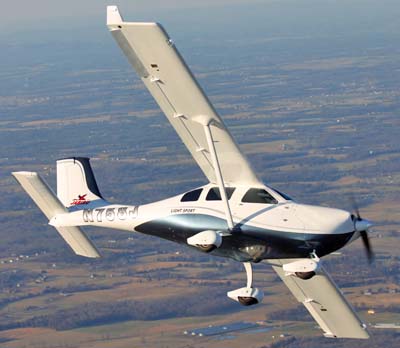
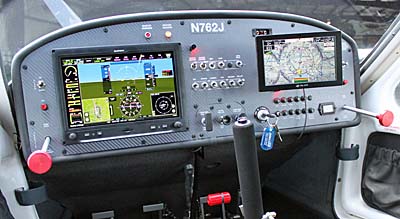
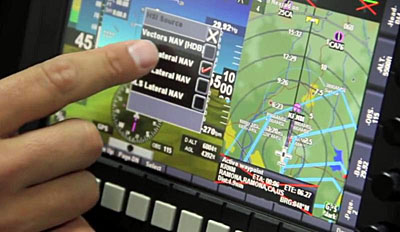
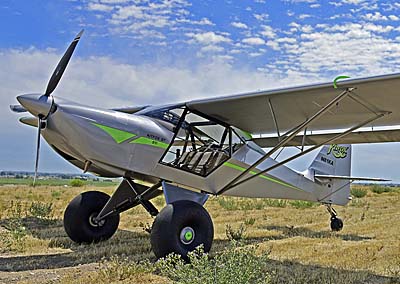
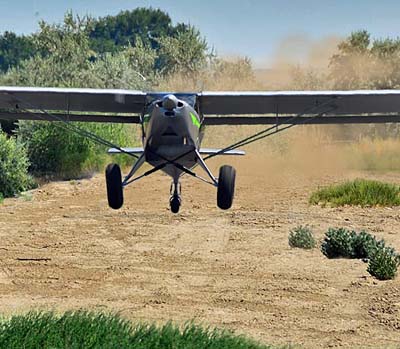

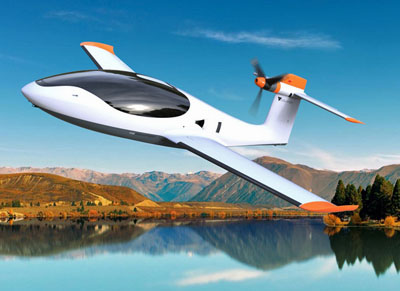
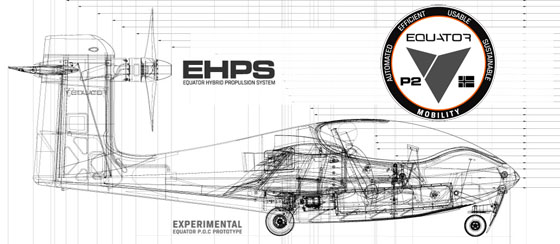

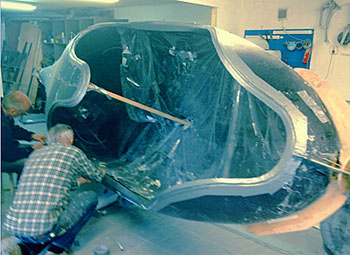


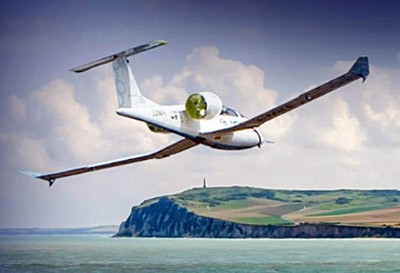
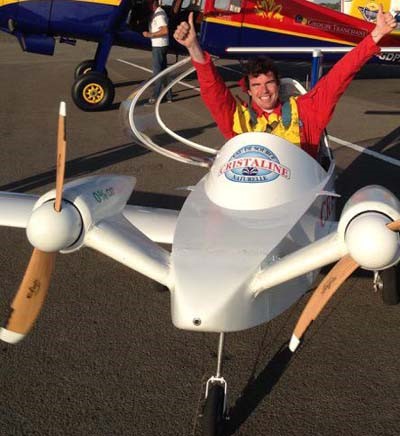


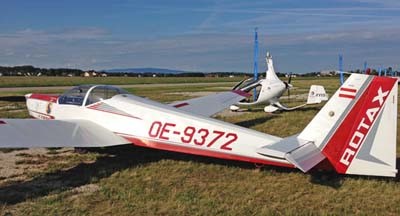
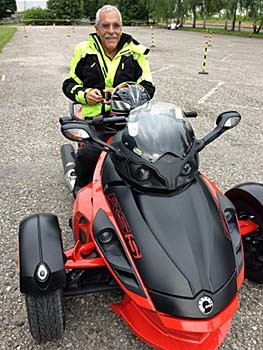

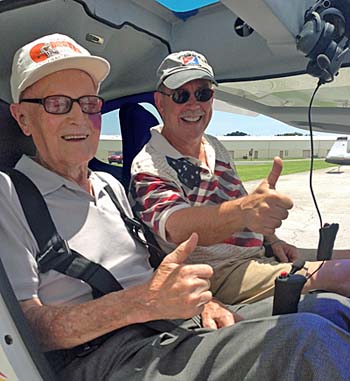


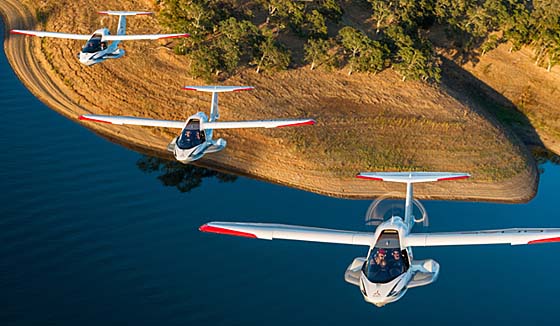

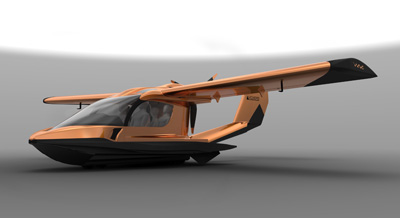
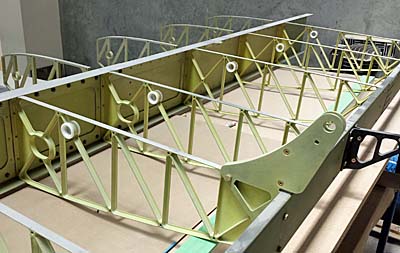
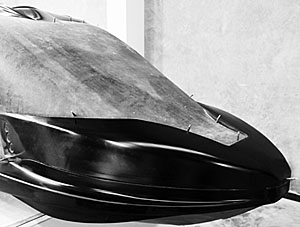
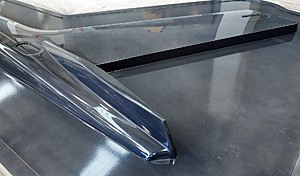

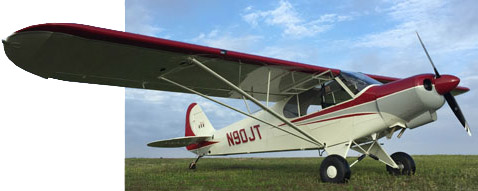
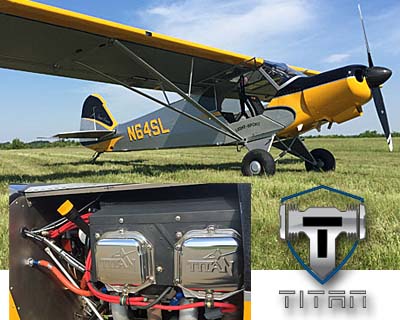
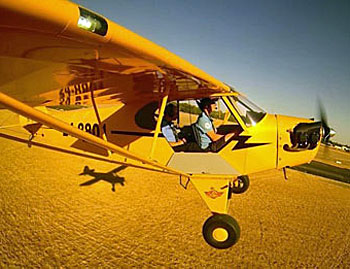
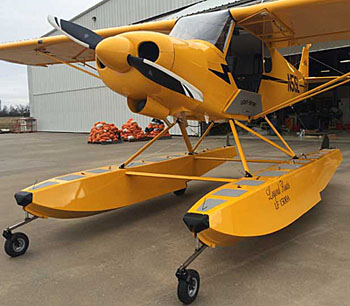

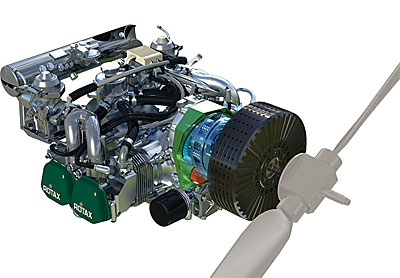 With our friends at the prestigious Flying magazine putting
With our friends at the prestigious Flying magazine putting 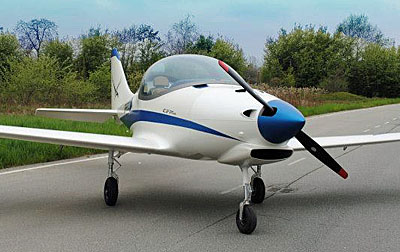 Israel's Ashot Ashkelon, Italian hybrid propulsion specialist Efesto joined with Italian light airplane manufacturer
Israel's Ashot Ashkelon, Italian hybrid propulsion specialist Efesto joined with Italian light airplane manufacturer 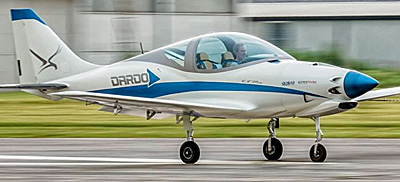 CFM Air develops and manufactures light planes such as the
CFM Air develops and manufactures light planes such as the 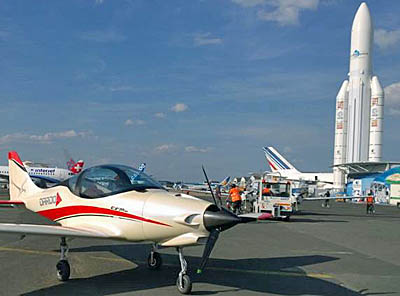 However, developers seem primarily focused on emergency use of HPS saying it adds, "a significant safety element in case of [primary engine] failure by providing extra flight time using the electric motor, also as a replacement for the Safety Parachute." Based on many years working with BRS Parachutes, I am certain HPS will not always "replace" the airframe parachute, for example, after a mid-air collision. Nonetheless, using HPS to solve engine failure or fuel starvation would be much less exciting than firing a ballistic parachute.
Safety is good, of course, but other uses can come with electric. For example, the Israeli/Italian team observed, "In addition, there is the thrust reversal mode for propellers using the electric motor, which makes it possible to stop quickly to shorten landing roll and extend the lifespan of the brakes, and the ability to charge the batteries and save energy."
On landing, they say the electric motor can be operated in counter-rotation mode, providing thrust reversal for shorter landing runs. The electric engine can also be used as an alternator for battery charging and as a starter for the main engine. Electric propulsion can also be used in the air, providing active vibration damping for smoother, low-level flight.
Developers said HPS provides the pilot with six minutes of critical flight time after engine failure, which they believe should be sufficient in which to find an emergency landing site and set down safely operating on electrical power only. HPS is currently offered for the
However, developers seem primarily focused on emergency use of HPS saying it adds, "a significant safety element in case of [primary engine] failure by providing extra flight time using the electric motor, also as a replacement for the Safety Parachute." Based on many years working with BRS Parachutes, I am certain HPS will not always "replace" the airframe parachute, for example, after a mid-air collision. Nonetheless, using HPS to solve engine failure or fuel starvation would be much less exciting than firing a ballistic parachute.
Safety is good, of course, but other uses can come with electric. For example, the Israeli/Italian team observed, "In addition, there is the thrust reversal mode for propellers using the electric motor, which makes it possible to stop quickly to shorten landing roll and extend the lifespan of the brakes, and the ability to charge the batteries and save energy."
On landing, they say the electric motor can be operated in counter-rotation mode, providing thrust reversal for shorter landing runs. The electric engine can also be used as an alternator for battery charging and as a starter for the main engine. Electric propulsion can also be used in the air, providing active vibration damping for smoother, low-level flight.
Developers said HPS provides the pilot with six minutes of critical flight time after engine failure, which they believe should be sufficient in which to find an emergency landing site and set down safely operating on electrical power only. HPS is currently offered for the 
